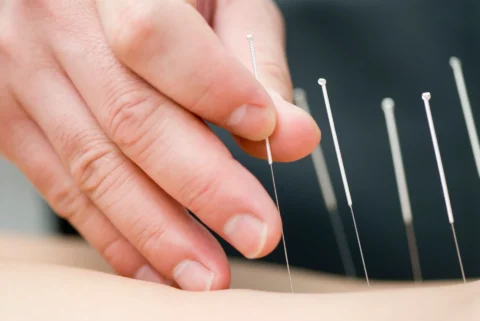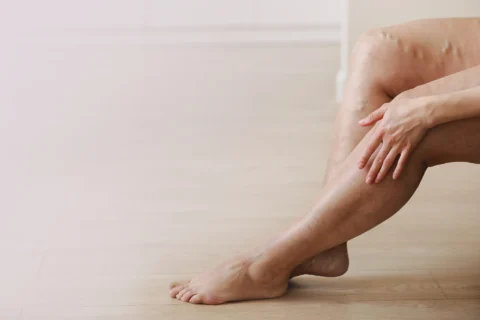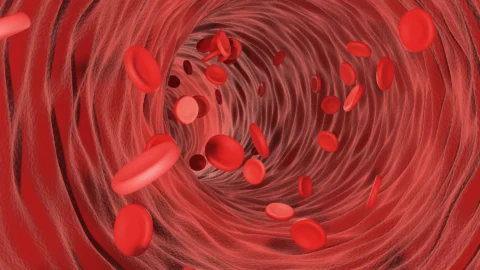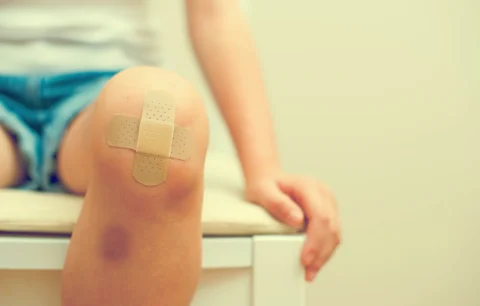Once we contract a disease, it seems like we experience many signs and symptoms which we may easily attribute to the disease. However, we should be aware of the clinical manifestations of the certain disease that we know that we have, so we can also figure out if what we’re experiencing is still due to this certain disease or from another disorder that we’re yet to be aware of.
So can chronic venous insufficiency cause fatigue? Yes, chronic venous insufficiency can cause fatigue. In fact, it’s one of the most common symptoms of this disorder. It’s considered to be a subjective symptom of chronic venous insufficiency together with leg pain, sensations of leg cramps, swelling, itching, tingling, and restless leg syndrome.
Fatigue and Other Subjective Symptoms of Chronic Venous Insufficiency
Fatigue is one of the most common symptoms in patients with chronic venous insufficiency. It’s considered to be a subjective symptom, along with other symptoms such as:
- leg pain
- heaviness
- cramping
- swelling
- itching
- tingling
- restless legs syndrome
These subjective symptoms are especially felt with prolonged sitting or standing. They’re nonspecific, meaning they can also be manifestations of other diseases, so it’s still best to watch out for other clinical manifestations specific to chronic venous insufficiency to ascertain that you have the disease. It’s also a good idea to undergo different testing procedures.
Regardless, fatigue is a way that your body is telling you that there’s something wrong. It may be telling you to increase your physical activity level or it may also be telling you to observe periods of rest from time to time.
Other Clinical Manifestations of Chronic Venous Insufficiency
As mentioned, it’s a good idea to check for other clinical manifestations associated with chronic venous insufficiency. This is to ascertain the association of fatigue and other subjective symptoms with chronic venous insufficiency.
At present, the known signs and symptoms of chronic venous insufficiency are defined on their severity using the CEAP Classification Score and the Venous Clinical Severity Score.
1) Signs and Symptoms
Aside from the subjective symptoms of chronic venous insufficiency, other clinical manifestations of this disease entity may be seen, which are characteristic of this vascular disease. Other signs and symptoms of chronic venous insufficiency are as follows:
- Dilated veins – Dilated veins are telltale signs of chronic venous insufficiency. They may be differentiated based on the size of their diameter, with the smallest being telangiectasias or spider veins, with a diameter size of less than 1 mm. The largest dilated veins are the varicose veins, which have a diameter size of more than 3 mm. The intermediate of the two is the reticular veins, which have a diameter size of 1 mm to 3 mm.
- Leg edema – Increased permeability of the blood vessels suffering from chronic venous insufficiency causes fluid to leak. The build-up of this fluid can be seen as the characteristic swelling known medically as lower extremity edema, which is typically seen in the ankles but can extend to the lower leg and feet.
- Skin changes – Chronic venous insufficiency also presents with skin changes. These skin changes include hyperpigmentation or brownish discoloration of the skin, stasis dermatitis or eczema associated with this vascular disease, lipodermatosclerosis, and atrophie blanche.
2) The CEAP Classification Score
The CEAP classification score is a standardized scoring system used to provide uniformity in the international community for the description of chronic venous insufficiency and facilitate its uniform diagnosis and treatment.
This classification scheme is an acronym for clinical signs, etiology, anatomic distribution, and pathophysiology, and describes chronic venous insufficiency in terms of such.
3) Venous Clinical Severity Score
Another classification scheme to further describe chronic venous insufficiency is the Venous Clinical Severity Score, which complements the uniformity that the CEAP classification score affords the medical community. While the CEAP classification score is more applicable for research, the Venous Clinical Severity score found its usability for routine clinical use.
Complications of Chronic Venous Insufficiency
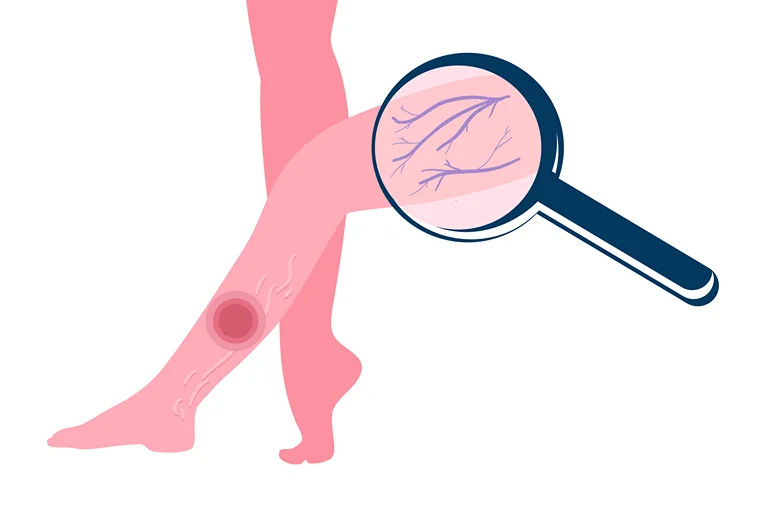
Left untreated, chronic venous insufficiency may progress to more severe clinical manifestations that can be really painful and even life-threatening. These adverse effects associated with chronic venous insufficiency include the following:
- Superficial thrombophlebitis – Superficial thrombophlebitis is the clinical term for the inflammation and blood clot that occurs in the superficial veins, which may be associated with chronic venous insufficiency. It’s not really that serious although it can present with prominent pain in the affected area.
- Venous thromboembolism – Venous thromboembolism is a medical term encompassing deep vein thrombosis and pulmonary embolism. It’s a complication that occurs in the deep veins where a blood clot forms and may be dislodged and travel towards the lungs. This is a life-threatening condition when not detected immediately.
- Leg ulcers – Venous hypertension or the increase in blood pressure in the veins and the lack of oxygen and nutrients to supply the skin due to poor circulation cause a chronic, non-healing wound called venous leg ulcers.
How Chronic Venous Insufficiency Occurs
Chronic venous insufficiency occurs when the venous return from the leg veins into the heart is impaired. This is caused by abnormalities in the functioning of the valves that are supposed to facilitate the unidirectional flow of blood from the leg veins into the heart. Due to faulty valves, backflow occurs and causes blood to pool in the vein with this structural abnormality.
Diagnosis of Chronic Venous Insufficiency
Diagnosis of chronic venous insufficiency may be facilitated by checking the patient history where risk factors for this venous disease are ascertained, such as the following:
- increasing age
- obesity
- pregnancy
- phlebitis
- family history of varicose veins
- previous medical history of a leg injury
- occupational factors like prolonged sitting and standing
A physical exam may also be done where the signs and symptoms of chronic venous insufficiency are inspected. Maneuvers to determine the extent of the venous reflux such as the Brodie-Trendelenburg test may also be performed, where deep and superficial reflux is differentiated.
Imaging tests to visualize the damaged veins may also be done, which may be non-invasive or invasive.
Non-invasive tests include venous duplex imaging, which is the most common testing in patients suspected to have chronic venous insufficiency.
Invasive tests, on the other hand, include contrast venography and are those that may be used in conjunction with surgical procedures performed by a trusted vascular surgeon.
Treatment of Chronic Venous Insufficiency
Treatment of chronic venous insufficiency may be done conservatively or through interventional procedures.
Conservative management of chronic venous insufficiency includes lifestyle modification where diet and regular exercise are done to maintain an ideal weight and avoid obesity, which is one of the risk factors for chronic venous insufficiency. It also includes pharmacologic management for the relief of symptoms associated with chronic venous insufficiency.
Interventional procedures, on the other hand, involve outpatient vein treatments and surgical procedures. Surgical procedures that may be done for chronic venous insufficiency include vein stripping and valvuloplasty or the repair of faulty valves.
Vein Center Doctor: Bringing High-Quality Outpatient Vein Care for Symptomatic Relief
At Vein Center Doctor, we’re committed to providing our patients with high-quality outpatient vein care for symptomatic relief of clinical manifestations of chronic venous insufficiency. Our team is highly skilled in performing the procedures namely radiofrequency ablation, endovenous laser treatment, sclerotherapy, VenaSeal closure system, and compression therapy.
1) Radiofrequency Ablation
Radiofrequency ablation is a minimally-invasive procedure that involves the delivery of radiofrequency energy through a heat-tipped catheter to inflict injury to the vein wall of the affected vein and cause its closure. It requires the use of local anesthesia and ultrasound guidance.
This procedure, however, can’t be done in small dilated veins where catheterization is impossible. It also can’t be done in patients with residual thrombosis. Additionally, complications associated with this procedure include bruising, infection, and 16 percent of patients may even develop deep vein thrombosis.
2) Endovenous Laser Treatment
Endovenous laser treatment also involves the catheterization of the saphenous vein or other veins affected by chronic venous insufficiency. It also requires the use of local anesthesia and ultrasound to facilitate the insertion of the catheter. The laser is then delivered to close off the vein.
Similar to radiofrequency ablation, this procedure also can’t be done in small dilated veins and in patients with residual thrombosis. Complications associated with this procedure include bruising and hyperpigmentation.
3) Sclerotherapy
Sclerotherapy is the method of choice for small dilated veins such as telangiectasias and reticular veins. It involves the administration of chemicals called sclerosants which irritate the vein wall and effectively close them off, redistributing the blood flow toward healthier veins.
Typical sclerosants include hypertonic saline and sodium tetradecyl sulfate. Patients who have allergic reactions to these agents aren’t eligible to undergo this procedure, in addition to patients who are pregnant and are breastfeeding.
Complications associated with this procedure include hyperpigmentation and superficial phlebitis.
4) VenaSeal Closure System
The VenaSeal closure system involves the delivery of the VenaSeal adhesive towards the affected vein via a catheter, the insertion of which is guided by ultrasound imaging. It doesn’t require anesthesia and compression therapy after the procedure.
This procedure is done wherein the VenaSeal adhesive is delivered in a repetitive fashion until all of the lengths of the affected vein are covered. 1 cc of the adhesive is delivered by pressing the trigger for 3 seconds followed by compression of the area for 3 minutes.
5) Compression Therapy
Compression therapy involves the use of compression garments like compression stockings or mechanical devices like intermittent pneumatic compression pumps. Graded pressures are delivered to oppose the hydrostatic pressure that causes edema.
Specific tension is also applied per clinical manifestations, with 20 to 30 mmHg for varicose veins, 30 to 40 mmHg for advanced venous skin changes and ulcers, and 40 to 50 mmHg for recurrent skin ulcers.
Get Professional Outpatient Vein Treatments at Vein Center Doctor
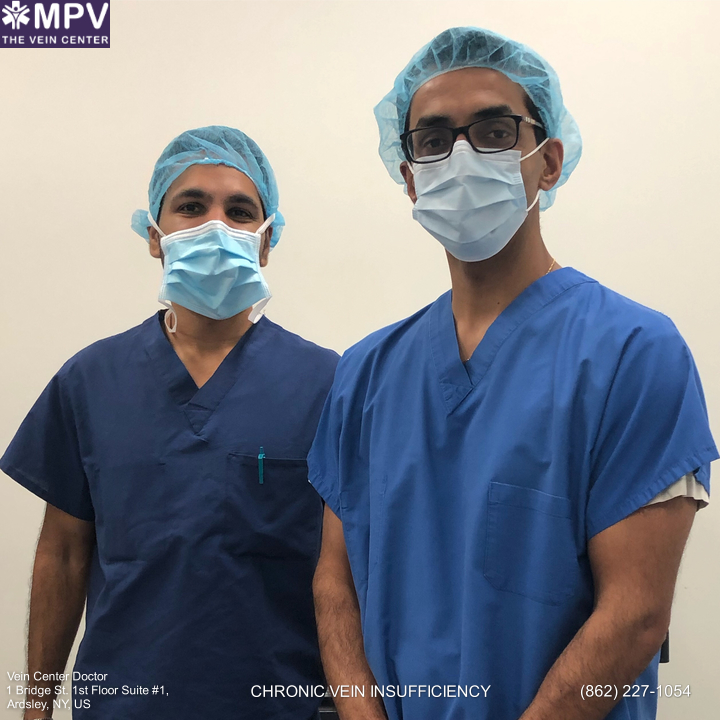
Fatigue is one of the subjective clinical symptoms of chronic vein insufficiency, along with aching, sensations of lower extremity swelling and cramping, and restless leg syndrome. They’re nonspecific but they shouldn’t be neglected as it’s one way that your body is telling you to have your chronic venous insufficiency checked and managed.
At Vein Center Doctor, we’re here to help you manage your venous symptoms so they won’t progress into complications associated with chronic venous insufficiency. With our team of experts headed by Dr. Rahul Sood, we guarantee that we can provide safe and effective therapies that improve the quality of life of patients that we handle. Contact us today at 1-862-500-4747 and experience our high-quality vein care procedures.



